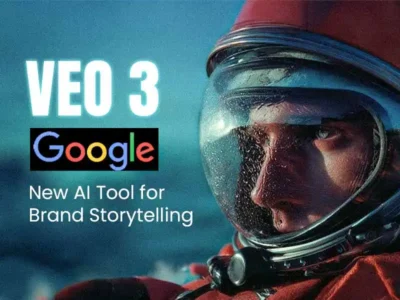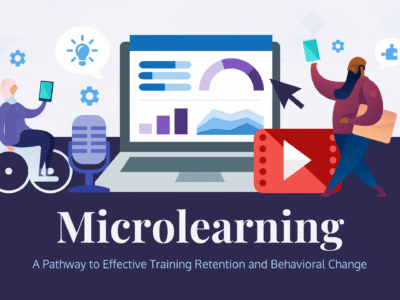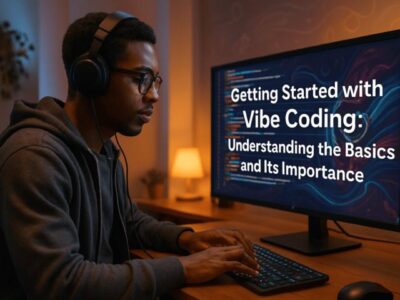Think Beyond: Unlocking Creative and Critical Thinking for the Real World
Duration: 6–8 Weeks (or Self-Paced)Level: Beginner to IntermediateFormat: Video Lessons, Case Studies, Worksheets, Brainstorming Labs, Peer Challenges, Final ProjectTools Used: Mind mapping templates, decision matrices, creative prompts, problem-solving frameworks, journaling tools Course Objective To help learners develop and apply creative …
Overview
Duration: 6–8 Weeks (or Self-Paced)
Level: Beginner to Intermediate
Format: Video Lessons, Case Studies, Worksheets, Brainstorming Labs, Peer Challenges, Final Project
Tools Used: Mind mapping templates, decision matrices, creative prompts, problem-solving frameworks, journaling tools
Course Objective
To help learners develop and apply creative and critical thinking strategies for solving problems, generating ideas, making informed decisions, and adapting to complex situations in both personal and professional settings.
Module 1: Introduction to Thinking Skills
Topics Covered:
-
What is Thinking? Types of Thinking Explained
-
Difference Between Creative and Critical Thinking
-
Why Thinking Skills Matter in the 21st Century
-
Left-Brain vs Right-Brain Myths
-
Characteristics of Creative and Critical Thinkers
Learning Outcome:
Understand the foundations of thinking styles and identify your current thinking strengths.
Activities:
-
Complete a self-assessment to identify dominant thinking traits
-
Reflect on a recent decision and categorize it as creative or critical thinking
Module 2: The Creative Thinking Process
Topics Covered:
-
Divergent vs Convergent Thinking
-
Stages of the Creative Process (Preparation, Incubation, Illumination, Verification)
-
Overcoming Mental Blocks and Fear of Failure
-
Tools for Creativity: Mind Maps, Brainstorming, SCAMPER
-
Creativity in Work, Design, Business, and Daily Life
Learning Outcome:
Learn how to generate original ideas and foster imaginative thinking in various contexts.
Activities:
-
Use SCAMPER technique to improve a common object
-
Create a mind map of alternative uses for a simple product
Module 3: Building Critical Thinking Skills
Topics Covered:
-
What is Critical Thinking?
-
Elements of Thought: Purpose, Evidence, Assumptions, Logic
-
Evaluating Arguments and Identifying Fallacies
-
The Role of Skepticism and Reflection
-
Critical Thinking Models (Socratic, Bloom’s Taxonomy, Paul-Elder Framework)
Learning Outcome:
Develop the ability to evaluate information, detect bias, and form reasoned conclusions.
Activities:
-
Analyze a news article or social media post using the Paul-Elder Model
-
Identify logical fallacies in a given argument
Module 4: Creative Problem Solving in Action
Topics Covered:
-
Defining Problems Creatively
-
Problem Framing and Reframing Techniques
-
Ideation Methods: Six Thinking Hats, Brainwriting, Worst Idea Method
-
Prototype, Iterate, Improve: Applying Design Thinking
-
Creative Confidence and Risk-Taking
Learning Outcome:
Learn how to use structured approaches to solve real-world problems creatively.
Activities:
-
Redesign a process or product using Design Thinking principles
-
Practice “Reverse Brainstorming” for a known challenge
Module 5: Critical Decision-Making and Analysis
Topics Covered:
-
Structured Decision-Making: Steps and Strategies
-
Cost-Benefit and Risk Analysis
-
Prioritization Tools: Eisenhower Matrix, Pareto Principle, Decision Trees
-
Evaluating Sources and Data-Driven Thinking
-
Balancing Emotion and Logic in Decisions
Learning Outcome:
Make thoughtful, informed, and balanced decisions using analytical tools.
Activities:
-
Apply a decision matrix to a current personal or work decision
-
Evaluate two competing arguments using fact-based comparison
Module 6: Innovation Through Collaboration
Topics Covered:
-
Group Creativity and Brainstorming Techniques
-
Leading and Facilitating Idea Sessions
-
Encouraging Diverse Perspectives
-
Creative Conflict Resolution
-
Innovation Culture in Teams and Organizations
Learning Outcome:
Use collective thinking to generate ideas and solve problems collaboratively.
Activities:
-
Facilitate a mini-group brainstorming session with clear roles
-
Document group insights using a shared mind map
Module 7: Applying Thinking Skills in Real Life
Topics Covered:
-
Creative and Critical Thinking in:
-
Entrepreneurship
-
Leadership and Strategy
-
Education
-
Technology and Innovation
-
Personal Growth
-
-
Cultivating Habits of a Lifelong Thinker
-
Daily Mental Fitness Practices
Learning Outcome:
Apply thinking skills across various life domains and commit to continuous growth.
Activities:
-
Journal your top three thinking strengths and how you plan to use them
-
Design a personal “Thinking Ritual” for creativity or decision-making
Module 8: Final Project – Your Thinking Portfolio
Capstone Project:
-
Develop a Thinking Portfolio that includes:
-
A real-world problem you identified
-
Creative idea generation process
-
Critical analysis of potential solutions
-
Your final decision or innovation
-
Reflection on your learning process
-
Final Deliverables:
-
PDF or digital Thinking Portfolio
-
3–5 minute recorded presentation or voiceover explanation
-
Peer or instructor feedback on originality and logic
Bonus Resources
-
50 Creative Thinking Prompts
-
Critical Thinking Checklist for Arguments
-
Problem-Solving Toolkit (templates and printables)
-
Top TED Talks on Innovation and Rational Thinking
-
Daily Thinking Habit Tracker
Teaching Methodology
-
Modular lessons combining theory and practice
-
Interactive activities to stimulate both sides of the brain
-
Real-world examples from business, design, and life
-
Reflective journaling and visualization exercises
-
Collaborative challenges and peer feedback
-
Final portfolio showcasing integrated learning
Target Audience
-
Students, educators, and knowledge workers
-
Innovators, entrepreneurs, and startup teams
-
Business leaders, consultants, and strategic planners
-
Creatives, designers, and communicators
-
Anyone looking to improve decision-making and idea generation







